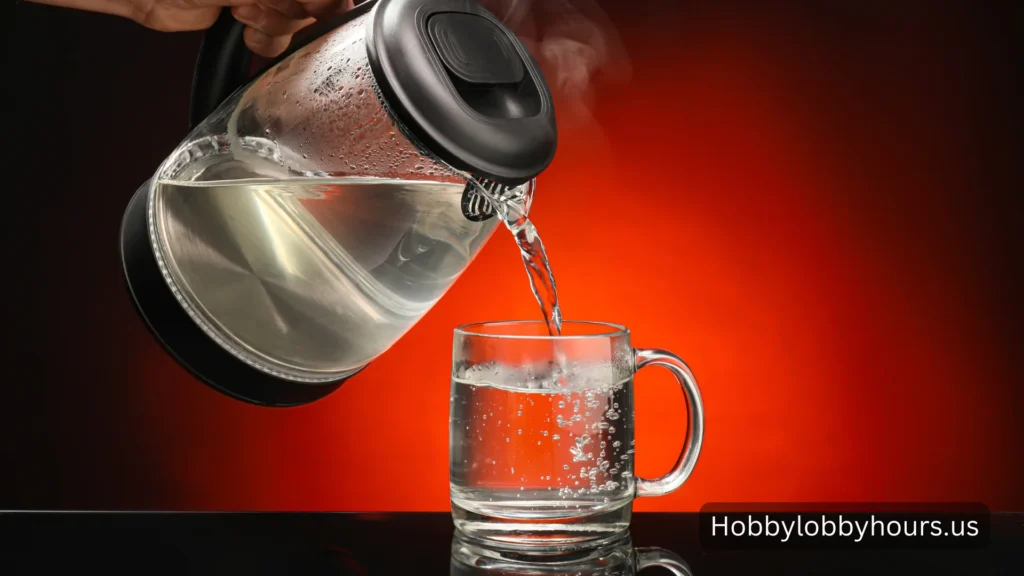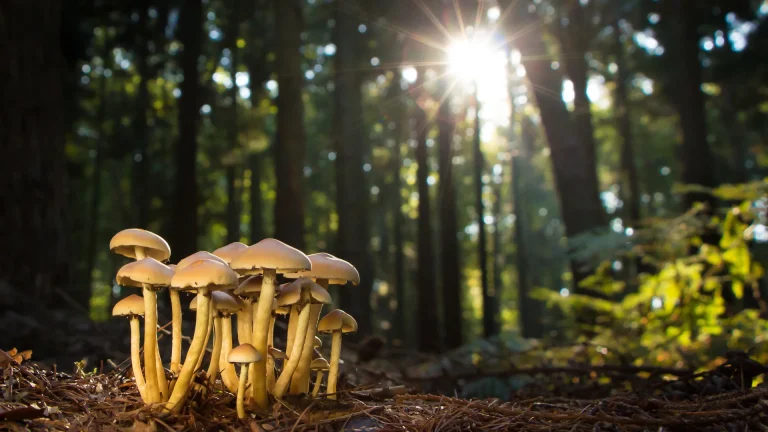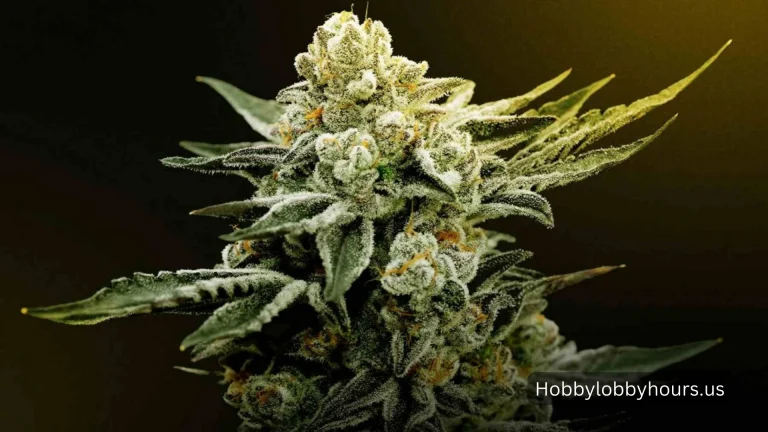Top 5 Mistakes To Avoid When Using A Kettle
A kettle is one of those kitchen appliances that sits in a corner, and you don’t really think about it until something goes wrong. There is not much rocket science behind using a kettle, just pour in some water, press a button, and in a minute or two, you have boiling water.
But if you have ever ended up with a kitchen counter flooded with hot water, a cup of tea full of weird white flakes, or a kettle that just stopped working way too soon, you know using a kettle is not even as simple as you thought it was. If you want your kettle to work seamlessly and not give you headaches, here are some common mistakes to avoid.

1. Overfilling or Underfilling the Kettle
Think of the time when you were in a rush and poured water into your kettle without thinking. Then, as the water started boiling, there was an unsettling hissing sound, and the hot water spilled over the sides. You were left with a mess on your counter, and if you were really unlucky, you might have even burned your hand trying to move it.
Another thing people overlook is filling the kettle with barely any water, which can be just as bad. Some electric kettles have exposed heating elements, and if there’s not enough water to cover them, you risk damaging your kettle over time.
How to avoid this mistake: Check the fill lines inside your kettle. If you are only making one or two cups, there is no need to fill it to the top. Not only will you avoid spills, but you will also save energy and get your water boiling faster.
2. Letting Limescale Take Over
If you live in a hard water area, you may have seen that chalky white stuff inside your kettle. At first, it was just a little bit at the bottom. Then, before you know it, your tea has weird floaty bits, and your kettle takes longer to boil. If you ignore it for too long, it can even start affecting the taste of your drinks. No one wants their morning coffee to taste slightly… metallic.
How to avoid this mistake: Give your kettle a regular descaling session. You don’t need to buy fancy products, just pour in equal parts water and white vinegar, let it sit for an hour, then boil and rinse. If you prefer a fresher scent, use lemon juice instead. Do this once a month, and your kettle will thank you.
3. Boiling More Water Than You Need
We have all been guilty of this one. You are making one cup of tea, but you fill the kettle to the top, well, why, just in case. Then you end up boiling way more water than necessary, wasting time, energy, and money. Plus, reheating previously boiled water can make your drinks taste a little off.
How to avoid this mistake: Take a second to measure the water before pouring it into the kettle. Most kettles have a water level guide, so use it. This simple habit saves electricity, speeds up boiling time, and ensures you are always getting the freshest-tasting tea or coffee.
4. Leaving Water Sitting in the Kettle
Ever made a cup of tea, walked away, and left half a kettle of water just sitting there for hours, or worse, even overnight? It is easy to forget about it, but stagnant water can lead to limescale buildup and affect the taste of your drinks. If you keep reheating the same water over and over, your tea or coffee might start tasting a bit dull.
How to avoid this mistake: Try to get into the habit of emptying your kettle after each use. We get it that sometimes you are in a rush. Then, at least give it a quick swirl and pour out any leftover water. This keeps your kettle fresh and prevents limescale from building up too quickly.
5. Ignoring Safety Features
Modern kettles come with safety features like automatic shut-off and boil-dry protection. But if you are not paying attention, you can still run into problems. Ever absentmindedly turned on an empty kettle? It heats up too fast, and you are left wondering if you just ruined it. Or maybe you left the lid slightly open, and now your kettle refuses to turn off.
How to avoid this mistake: Take a moment to understand how your kettle’s safety features work. Always make sure there’s water inside before turning it on, and double-check that the lid is properly closed. It takes just a second but can save you from a broken kettle (or worse).
Conclusion
A kettle is supposed to make life easier. But if you have ever had a kettle break too soon, tasted weird flavours in your hot beverage, or wasted energy boiling too much water, you know how small mistakes can add up. By avoiding these common habits, like overfilling, forgetting to descale, and using more water than necessary, you can keep your kettle working perfectly for years.








